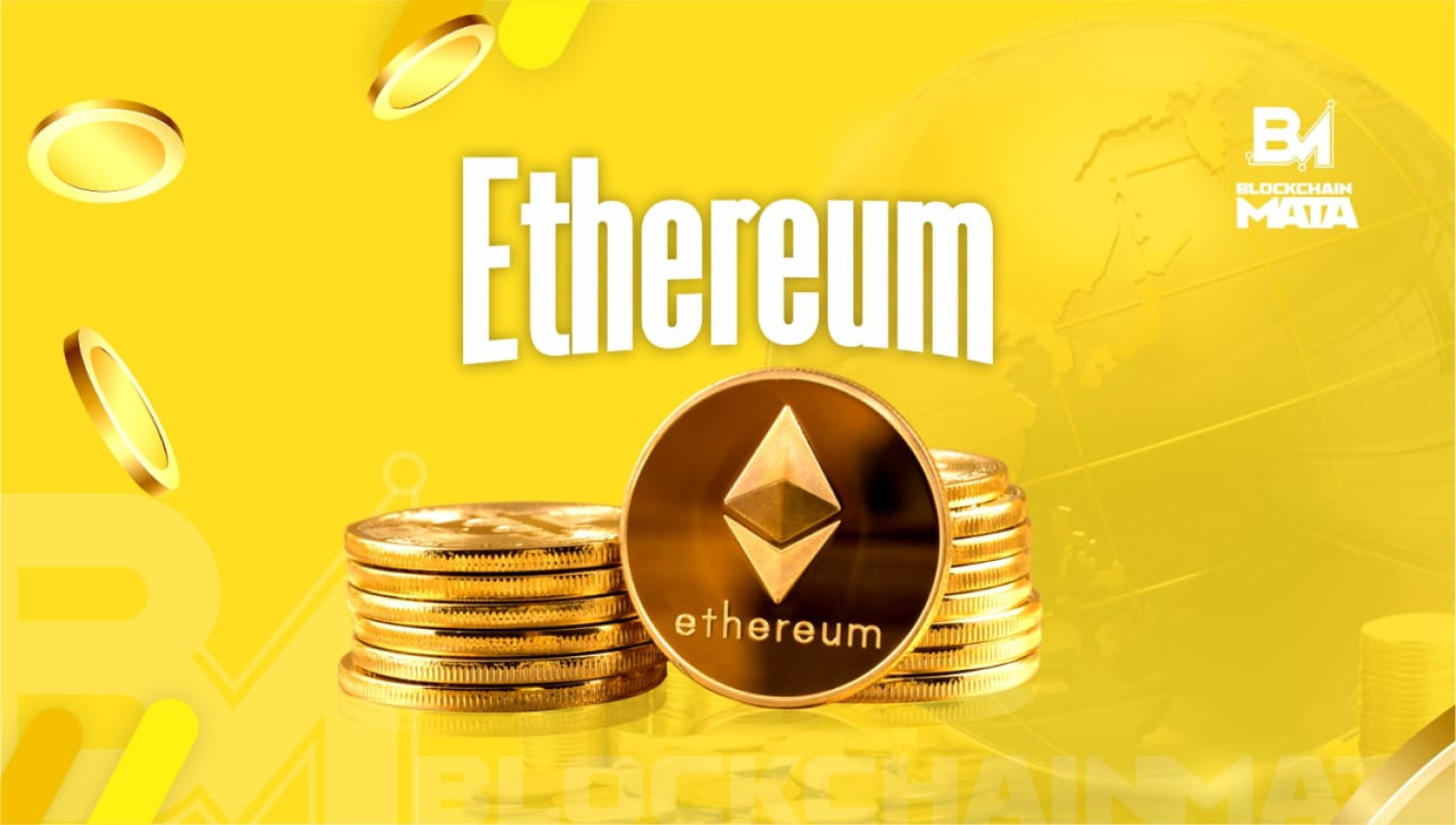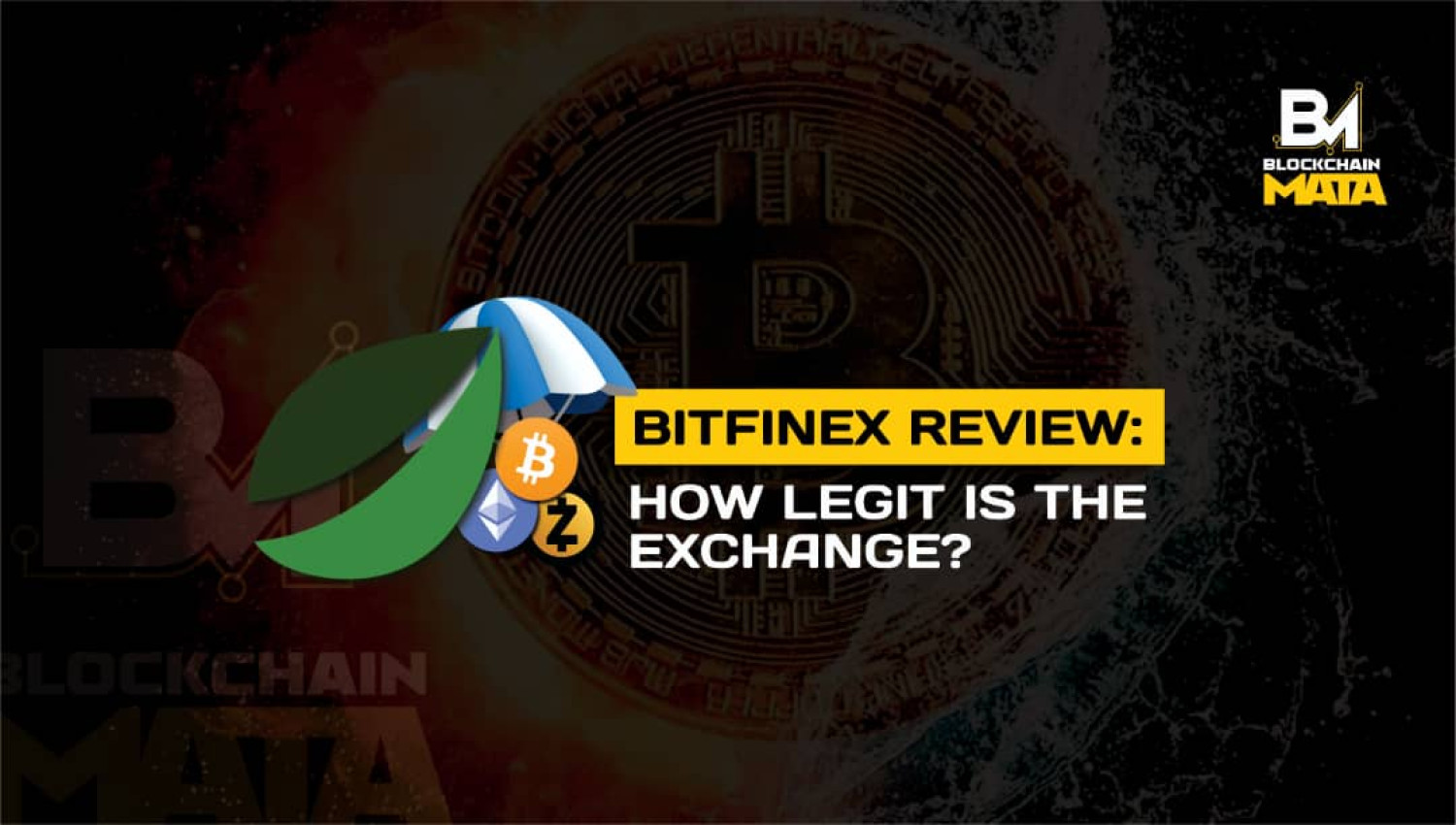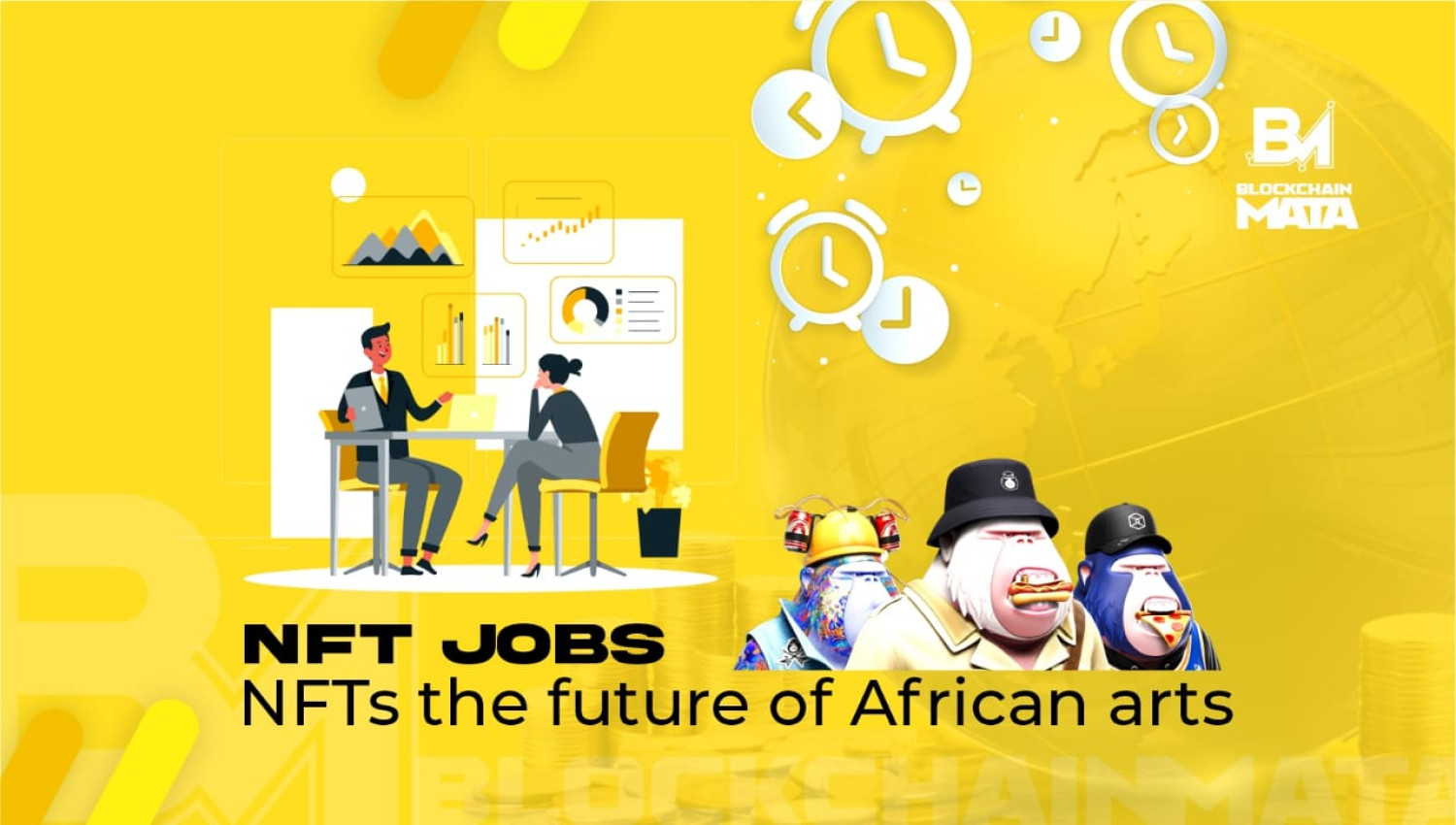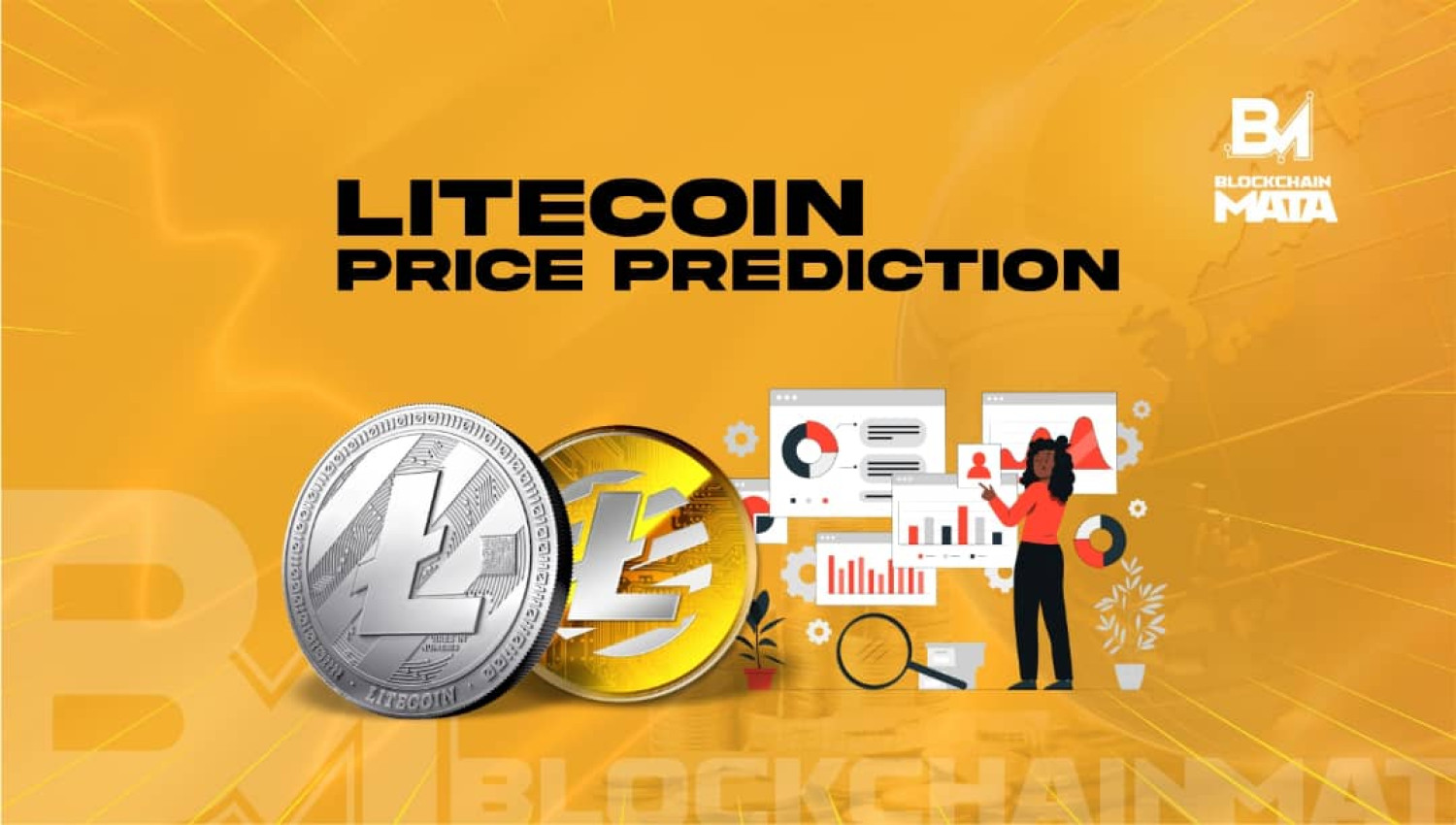THE DECENTRALIZED LAYER: ETHEREUM
1 year ago By Blockchain Mata

As earlier noted in one of our previous articles, Decentralized Finance (DeFi) is a new financial system that is built on a decentralized infrastructure, enabling users to access financial services without intermediaries or centralized control. These services are provided through Dapps that run on blockchain technology, particularly the Ethereum network. As the majority of Dapps are deployed on Ethereum, knowing what Ethereum is all about is quite important.
True, you don't need to be an Ethereum expert to use DeFi tools. However, having a basic understanding of Ethereum and its underlying technology can help you make informed decisions when using DeFi platforms.
Grab a seat and read on, as we explore the Ethereum network- Dapps, smart contracts, Ethereum's future.
What is Ethereum?
Ethereum is a decentralized platform for creating global, open-source applications that cannot be shut down. It functions like a "world computer" where developers can create smart contracts to control digital value, which can be accessed from anywhere in the world.
Ethereum is an open-source, decentralized blockchain platform that enables the development of smart contracts and decentralized applications (DApps). It has its own cryptocurrency called Ether (ETH) and allows developers to build and deploy their own decentralized applications on the platform.
What is Ether?
Ether (ETH) is the native cryptocurrency of the Ethereum blockchain. It is used to pay for transaction fees and computational services on the network, and also serves as a medium of exchange and a store of value.
Unlike Bitcoin, which is primarily used as a digital currency, Ether has a wider range of use cases due to its ability to support the development and execution of smart contracts on the Ethereum platform.
For one, Ether is used to pay for the computational resources required to execute smart contracts on the Ethereum network, which is commonly referred to as "gas".
Gas is a unit of measurement in the Ethereum network that represents the cost of executing a transaction or smart contract. Each operation in the Ethereum Virtual Machine (EVM) requires a certain amount of gas, and the total gas used by a transaction determines the transaction fee. The gas price is denominated in ether and fluctuates based on supply and demand.

Ethereum Source openart.ai
What is a Smart Contract?
A smart contract is a self-executing computer program that automatically enforces the terms of a contract between two or more parties. Smart contracts are coded on a blockchain platform and are designed to be tamper-proof, transparent, and irreversible. They can be used to automate the execution of complex financial and legal agreements, such as real estate transactions, insurance claims, and supply chain management, without the need for intermediaries.
Multiple smart contracts can be integrated to work together as part of decentralized applications (DApps) in order to achieve more intricate processes and calculations.
What are Decentralized Applications (Dapps)?
Decentralized Applications (Dapps) are software applications that run on a decentralized network, such as Ethereum, rather than a centralized server. Dapps typically have the following characteristics: open-source code, decentralized consensus, and cryptographic security.
In the context of Ethereum, Dapps are built using smart contracts, which are self-executing code that run on the Ethereum blockchain. Dapps can be used for a variety of purposes, such as digital identity verification, supply chain management, and decentralized finance (DeFi) applications.
What are the benefits of Dapps?
Decentralized applications (Dapps) have several benefits, including:
-
Decentralization: Dapps are decentralized, meaning they are not controlled by a single entity, which makes them more resistant to censorship and hacking.
-
Transparency: All transactions and data on Dapps are publicly visible, making them more transparent and trustworthy.
-
Security: Dapps use blockchain technology, which is secure and tamper-proof, providing a higher level of security for users.
-
Trustlessness: Dapps allow transactions to occur without the need for intermediaries or trusted third parties, which reduces the risk of fraud and corruption.
-
Lower fees: Dapps often have lower transaction fees than traditional centralized applications, as they eliminate the need for intermediaries.
-
Community-driven: Dapps are often developed and maintained by a community of users, creating a sense of ownership and shared responsibility.
What are the drawbacks of Dapps?
Decentralized applications, or Dapps, have a number of potential drawbacks, including:
-
Limited scalability: Dapps can be slower and less scalable than traditional centralized applications due to the requirement for consensus on the decentralized network.
-
Limited adoption: Dapps often require users to have specialized knowledge or access to specific software or hardware, which can limit adoption.
-
Security vulnerabilities: While Dapps are often considered more secure than centralized applications, they are not immune to security vulnerabilities. In fact, the decentralized nature of Dapps can create new types of security risks, such as smart contract bugs.
-
Lack of regulation: Many Dapps operate in a regulatory gray area, which can lead to uncertainty and risk for both developers and users.
-
High transaction costs: Dapps often require users to pay transaction fees in the form of cryptocurrency, which can be expensive and unpredictable.
-
Limited functionality: Dapps may have limited functionality compared to their centralized counterparts, due to technical limitations or design choices.
-
User experience: Dapps can have a steeper learning curve and less user-friendly interface than centralized applications, which may discourage adoption and use.
What else can Ethereum be used for?
Ethereum can be used for a wide range of applications beyond its most well-known use case as a platform for creating and deploying decentralized applications (dApps) and smart contracts. Some other use cases include:
1. Decentralized finance (DeFi) applications, such as lending and borrowing platforms, decentralized exchanges, and stablecoins.
2. Non-fungible tokens (NFTs), which enable unique digital assets to be owned, traded, and transferred on the blockchain.
3. Supply chain management, allowing for transparent and secure tracking of goods as they move through the supply chain.
4. Identity verification, enabling individuals and organizations to prove their identity and authenticate transactions.
5. Gaming, with the ability to create and trade in-game assets on the blockchain, as well as support for decentralized games with transparent and secure rules.
6. Energy and sustainability, with blockchain-enabled systems for tracking energy usage and reducing carbon emissions.
7. Creating DAOs, a DAO (Decentralized Autonomous Organization) is a digital organization that operates through a set of rules encoded in smart contracts on a blockchain network, such as Ethereum. The rules govern how the organization operates, how decisions are made, and how funds are allocated. Governance decisions in a DAO are typically made by token holders, who can vote on proposals that are put forward by members or stakeholders of the organization. The use of smart contracts and blockchain technology allows for transparency, immutability, and trustless operation of a DAO, without the need for a central authority.
8. Issuing other cryptocurrencies, Ethereum serves as a platform for creating other cryptocurrencies, and two popular protocols for tokens on the network are ERC-20 and ERC-721. These protocols establish standards and rules for issuing tokens on Ethereum. ERC-20 tokens are fungible and have identical value, while ERC-721 tokens are non-fungible and unique. An analogy can be drawn between ERC-20 tokens and money, and ERC-721 tokens and collectibles such as action figures or baseball cards.
These are just a few examples, and the potential use cases for Ethereum and other blockchain technologies continue to expand as the technology matures and more developers build on top of the platform.
Conclusion: Ethereum's Future
Ethereum's future looks promising, as it is currently the leading blockchain platform for decentralized applications and smart contracts. With ongoing improvements such as the transition to Proof of Stake, and the introduction of new scaling solutions like sharding and layer 2 protocols, Ethereum is poised to address scalability issues and improve its efficiency. Additionally, Ethereum's growing ecosystem and community, along with its significant adoption by individuals and enterprises, suggest that it will continue to play a vital role in the blockchain industry.



